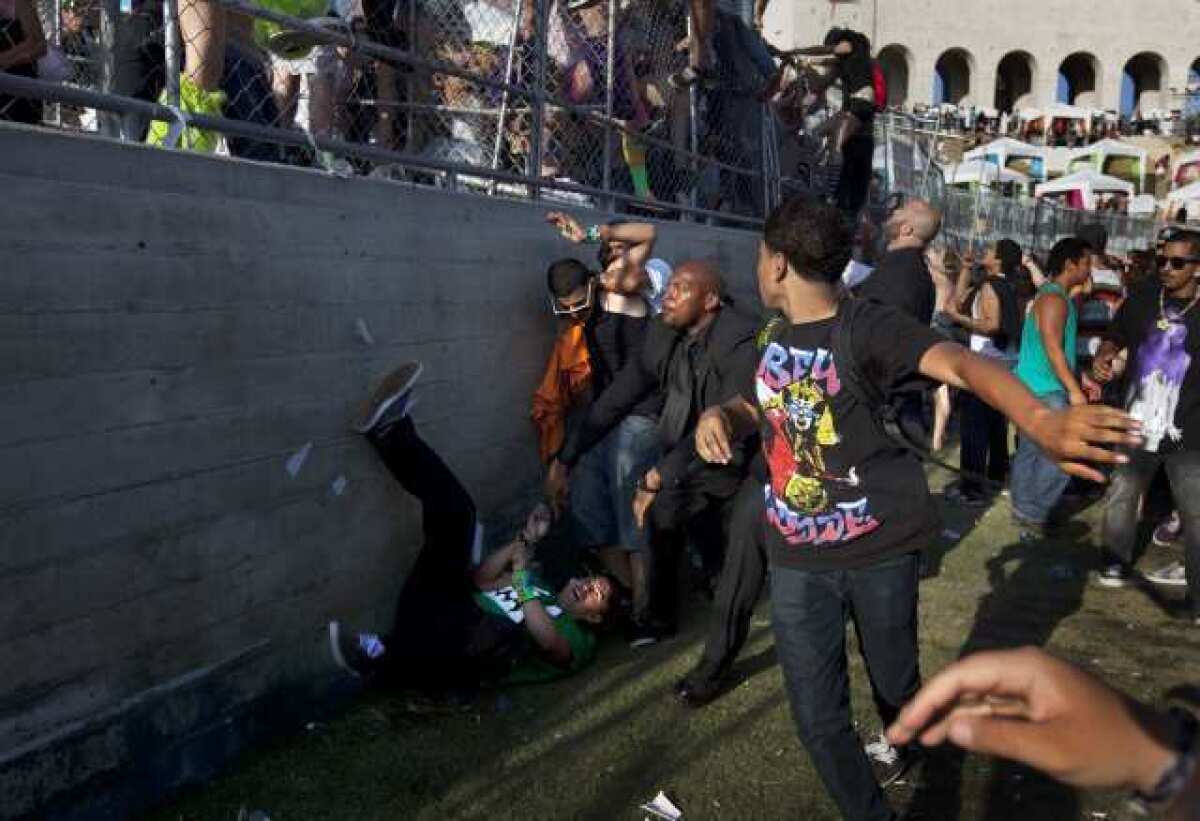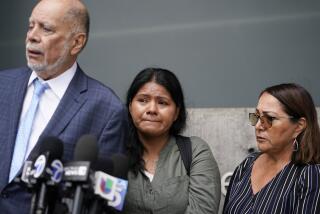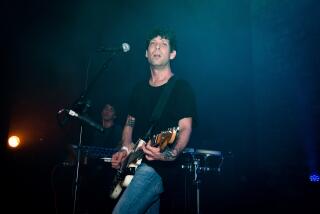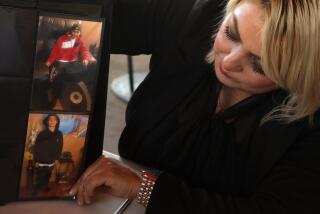L.A. Coliseum temporarily bans raves after teen girl’s death

When the Electric Daisy Carnival — a massive dance party with top-name acts — rolled into town last weekend, officials thought they were prepared, this time.
There were rows of ambulances ready outside the Los Angeles Memorial Coliseum. Nearby hospitals raised their staff to levels that are used for “multi-casualty incidents,” such as train crashes. The Los Angeles Police Department used twice as many officers as are usually deployed at USC football games. Crash-proof fences were installed to guard against crowd surges and an investigator from the U.S. Centers for Disease Control and Prevention was stationed at the command post.
But was it enough?
The suspected drug overdose death on Tuesday evening of a 15-year-old girl who had attended the event came on the heels of reports that hundreds had tried to crash the gates and scores were taken by ambulance to nearby emergency rooms, most with symptoms of drug intoxication.
On Wednesday, as criticism mounted, Coliseum officials announced a temporary ban on new contracts with rave operators as they consider whether to allow another such event.
“The general public deserves to be assured that when the Coliseum’s tenants stage an event, the health and safety of the promoter’s patrons are protected,” Los Angeles County Supervisor Zev Yaroslavsky, who serves on the joint state, county and city commission that oversees the Coliseum, said in a letter calling for a temporary halt to such events. “Clearly, there was a breakdown at the Electric Daisy Carnival which put the public at risk.”
The death Tuesday of Sasha Rodriguez, a high school student and drill team member from Atwater Village, was the latest in a string of high-profile problems at raves held in public venues — problems that already had attracted the attention of the CDC.
Last month, the CDC reported at least 18 Ecstasy overdoses at a New Year’s rave at the Los Angeles Sports Arena, next to the Coliseum. Two men died of suspected overdoses during a Memorial Day weekend rave at the Cow Palace in Daly City, south of San Francisco.
At the Electric Daisy Carnival, held for the 14th year, Los Angeles police made 118 arrests, mostly for drug possession. Deputy Police Chief Pat Gannon said he had 40 plainclothes detectives working the show — and added that “if I had 1,000 I would have made 1,000 arrests it was so packed with drugs.”
Officials from the Los Angeles County district attorney’s office said they have filed 34 felony drug charges in connection with the event. In addition, 25 cases alleging possession with intent to sell have been referred to the L.A. city attorney’s office.
Los Angeles has perhaps the most thriving rave scene in the nation, and the Electric Daisy Carnival is billed as North America’s largest dance event. Promoters said 185,000 attended over two days. Raves are known for mixing a stew of electronic music, special effects and, frequently, narcotics, to fuel dancers for hours. Many who attended the event said the crowd was friendly and mellow.
Technically, anyone who was under 16 had to be accompanied by an adult — but Gannon said there was no evidence that anyone was checking attendees’ identification.
Los Angeles-based Insomniac Inc., the festival’s producer, called Sasha’s death “a tragic circumstance” in a statement Wednesday.
“Our hearts and prayers go out to her family and friends at this difficult time,” the statement said. “We are currently reviewing the entire event and planning process with our security team, law enforcement and the city officials who participated in organizing and planning Electric Daisy Carnival.”
Insomniac declined to discuss the issue further.
Many rave participants contend that officials have unfairly painted them with a broad brush and that the drug overdose numbers are not so large, given the size of the crowds.
“I think we’ve proven … they’ve been unable to make it a safe event, and if they can’t make it safe, we shouldn’t sanction it,” said Dr. Marc Futernick, medical director of emergency services at California Hospital Medical Center.
Even some music promoters said the Electric Daisy Carnival had grown out of control.
“If you have 200,000 people, I don’t know how you control that. That’s bananas,” said Gary Richards, a dance music event promoter who spent 15 years in the record business. “They’re so big. God bless them for being that in demand. That’s unbelievable.
“But how do you control that many people? I don’t know.”
Local emergency physicians had known for some time to expect substantial surges in patients during and after raves at Coliseum facilities.
But when a report of six drug overdoses back-to-back at a hospital near the Los Angeles Sports Arena — where a massive New Year’s Eve event had been held — hit the desks of local public health officials on Jan. 4, investigators took notice.
A review of records from surrounding hospitals, as well as records of private and public ambulance companies, uncovered at least 18 people who had overdosed on Ecstasy, a psychoactive drug, according to the CDC.
Across the world, authorities have reacted to raves with varied levels of rigidity. At times, the crackdowns have backfired.
Joshua Glazer, editor in chief of urb.com, a magazine that has documented the Los Angeles rave scene for 20 years, said an effort to evict raves from public venues could have unintended consequences.
“I think that any sort of reaction that involves cutting off access to safe, regulated, public venues exponentially increases the danger to young people,” Glazer said.
“All that happens is that these events move to unregulated and less safe venues.”
On July 17, electronic artist M.I.A. will headline at the Los Angeles State Historic Park just east of Chinatown that could draw up to 27,000 people.
The event is heading downtown after a disastrous turn at the Forum in 2009, when fans rushed the gate and jumped sections, forcing Inglewood police to dispatch a riot unit and send 17,000 attendees home.
Another annual rave, the Love Festival, is scheduled to take over the Los Angeles Sports Arena on Aug. 21. It was unclear Wednesday whether the discussion of a moratorium on such events would affect the plans.
Times staff writers Reed Johnson, Randall Roberts and Todd Martens contributed to this report.
More to Read
Start your day right
Sign up for Essential California for news, features and recommendations from the L.A. Times and beyond in your inbox six days a week.
You may occasionally receive promotional content from the Los Angeles Times.









